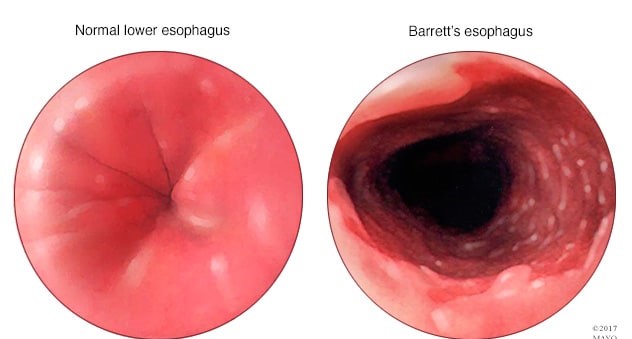A client who is suffering from an allergic reaction asks the nurse what can be done about the itching. Which of the following will the nurse provide to the client?
Try to avoid scratching
Apply a moist cool compress
Use alcohol to cleanse the area
Use a wooden stick to scratch lesions
Avoid hot air
Correct Answer : A,B,C
Choice A Reason: This is a correct choice. Trying to avoid scratching is an advice that the nurse will provide to the client, as it prevents further damage and infection of the skin. Scratching can break the skin barrier and introduce bacteria or fungi into the wound, leading to inflammation and complications.
Choice B Reason: This is a correct choice. Applying a moist cool compress is an advice that the nurse will provide to the client, as it soothes and relieves itching and swelling. A moist cool compress can reduce inflammation and histamine release, which are responsible for allergic symptoms.
Choice C Reason: This is an incorrect choice. Using alcohol to cleanse the area is not an advice that the nurse will provide to the client, as it irritates and dries out the skin. Alcohol can strip away the natural oils and moisture from the skin, making it more prone to cracking and itching.
Choice D Reason: This is an incorrect choice. Using a wooden stick to scratch lesions is not an advice that the nurse will provide to the client, as it causes more harm than good. A wooden stick can injure or infect the skin, as well as spread the allergen or irritant to other areas.
Choice E Reason: This is a correct choice. Avoiding hot air is an advice that the nurse will provide to the client, as it aggravates itching and inflammation. Hot air can increase blood flow and histamine release, which are responsible for allergic symptoms. The client should also avoid hot water or showers, as they can have the same effect.
Nursing Test Bank
Naxlex Comprehensive Predictor Exams
Related Questions
Correct Answer is A
Explanation
Choice A Reason: This is correct because the patient's Glasgow Coma Scale score is 9. The Glasgow Coma Scale is a tool that assesses the level of consciousness of a patient with a head injury by measuring three parameters: eye opening, verbal response, and motor response. The patient's eye opening score is 3 (opens eyes to verbal command), verbal response score is 4 (confused speech), and motor response score is 2 (withdraws from pain). The total score is the sum of these three scores, which is 9.
Choice B Reason: This is incorrect because the patient's Glasgow Coma Scale score is not 11. To get a score of 11, the patient would need to have a higher motor response score, such as 4 (withdraws to touch) or 5 (localizes to pain).
Choice C Reason: This is incorrect because the patient's Glasgow Coma Scale score is not 15. To get a score of 15, the patient would need to have the highest scores for all three parameters, such as 4 (opens eyes spontaneously), 5 (oriented speech), and 6 (obeys commands).
Choice D Reason: This is incorrect because the patient's Glasgow Coma Scale score is not 13. To get a score of 13, the patient would need to have a higher verbal response score, such as 5 (oriented speech).
Correct Answer is B
Explanation
Choice A reason: This is incorrect because allergies are not a risk factor for developing Barrett's esophagus. Allergies are hypersensitive reactions of the immune system to certain substances, such as pollen, dust, or food. They can cause symptoms such as sneezing, itching, or hives, but they do not affect the esophagus or stomach acid.
Choice B reason: This is the correct answer because gastroesophageal reflux disorder (GERD) is the most common risk factor for developing Barrett's esophagus. GERD is a condition where the lower esophageal sphincter (LES) does not close properly and allows stomach acid to flow back into the esophagus. This can cause inflammation, irritation, and damage to the esophageal lining. Over time, this can lead to changes in the cells of the esophagus, which is called Barrett's esophagus.
Choice C reason: This is incorrect because being a vegetarian is not a risk factor for developing Barrett's esophagus. Being a vegetarian means avoiding meat and animal products in the diet. This can have health benefits such as lower cholesterol and blood pressure levels, but it does not affect the esophagus or stomach acid.
Choice D reason: This is incorrect because Barrett's esophagus is not a genetic condition that one is born with. Barrett's esophagus is an acquired condition that results from chronic exposure to stomach acid in the esophagus. It is not inherited from one's parents or passed on to one's children.

Whether you are a student looking to ace your exams or a practicing nurse seeking to enhance your expertise , our nursing education contents will empower you with the confidence and competence to make a difference in the lives of patients and become a respected leader in the healthcare field.
Visit Naxlex, invest in your future and unlock endless possibilities with our unparalleled nursing education contents today
Report Wrong Answer on the Current Question
Do you disagree with the answer? If yes, what is your expected answer? Explain.
Kindly be descriptive with the issue you are facing.
